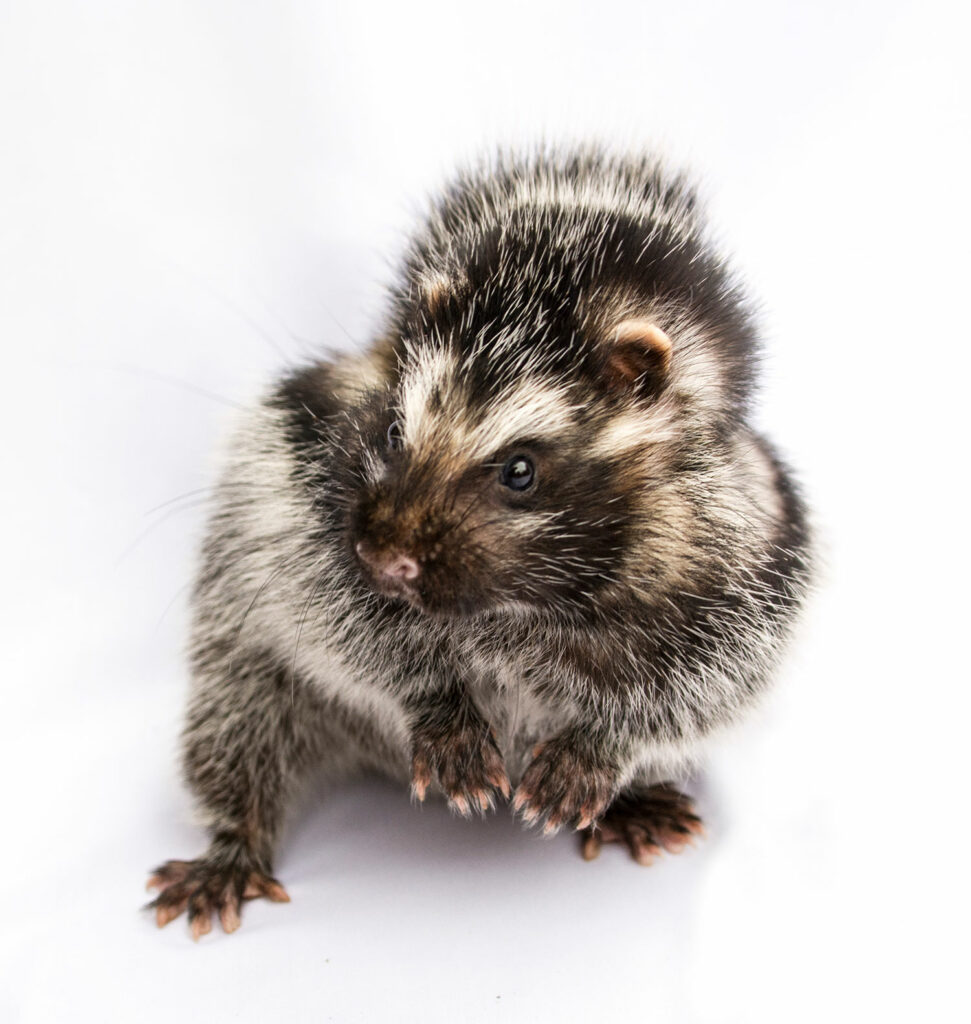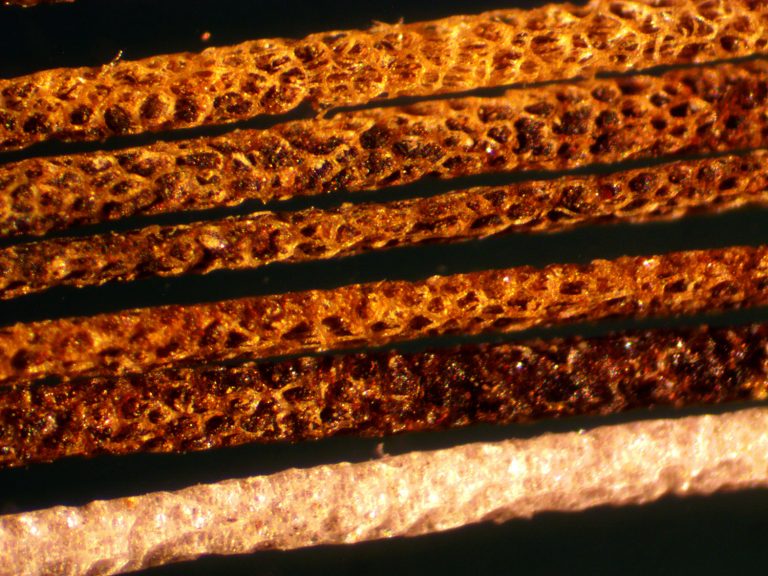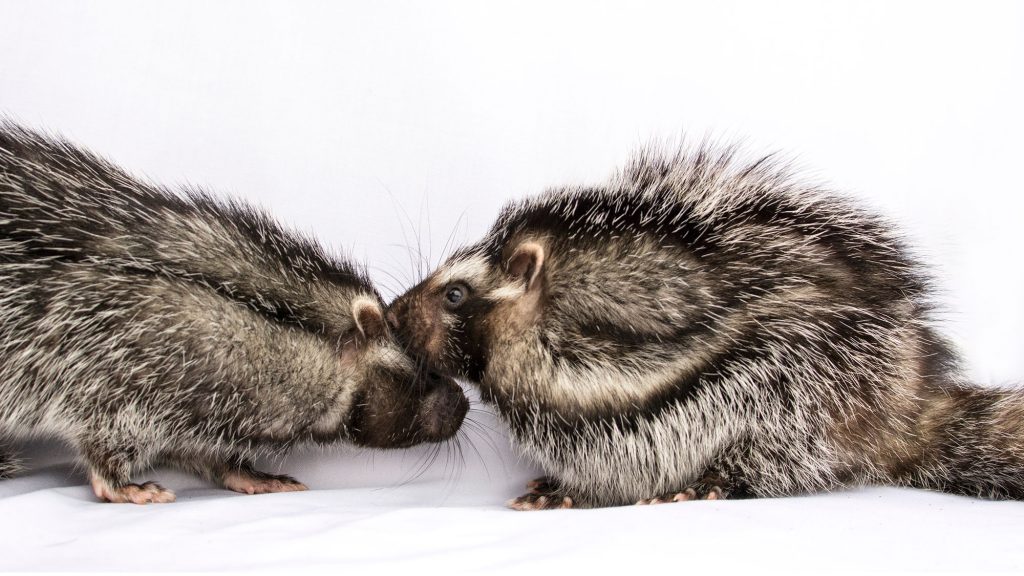
The long-haired, bushy-tailed East African rat looks like a cross between a skunk and a porcupine. However, it doesn’t spray any foul-smelling chemicals nor is its fur sharp enough to pierce the skin of a hungry predator. To protect itself, this enterprising rodent eats a poisonous plant that local hunters have been using for hundreds of years to make poison arrows. The rat won’t ingest the plant, but rather spit it all over its fur, anointing itself with toxins that form an artificial chemical armor against hyenas, wild dogs, and any other predator foolish enough to attack the rodent.
The world’s only poisonous rodent
According to a new study published in the Journal of Mammalogy, just a few milligrams of the toxin found on the rat’s fur are enough to kill a human or knock out an elephant.
There are a couple of mammals that are venomous, such as male platypuses or the American short-tailed shrew. However, the crested rat (Lophiomys imhausi) is the only mammal that derives its toxic chemical defense from an outside source. Namely, it extracts the toxins from Acokanthera schimperi, also known as the poison arrow tree.
Like human hunters who have been using juices from the tree’s leaves to lace their arrows, the crested rat uses the environment to its advantage, not only for food and shelter but also for protection. The rats chew the bark from the poison arrow tree and then apply the toxic substance on their fur by licking specialized hairs that the animals display when they are threatened.
This behavior was well known among locals, but it was only recently that researchers led by Sara Weinstein, a postdoctoral fellow at the University of Utah and Smithsonian Institution, formally documented the East African crested rat’s poisonous fur.
Weinstein and colleagues reported how 25 individuals were caught by camera traps traps, recording over 1,000 hours of rat behavior using motion-activated cameras. They observed “chewing of A. schimperi and/or anointing in 10 of 22 individuals, confirming the previous poison sequestration observation,” the researchers wrote in their study. What’s more, this behavior seems to be intentional, the rodents seemingly aware that the poison arrow’s bark protects them.
“We monitored crested rat activity using cameras and found that chewing on A. schimperi and cardenolide exposure had no effect on feeding, movement, or total activity. One crested rat also fed on milkweed (Gomphocarpus physocarpus; Gentaniales: Apocynaceae), but did not anoint with this cardenolide containing plant. This observation, combined with L. imhausi’s selective use of A. schimperi, suggests the potential for use of alternative poison sources,” the authors of the study wrote.

Rat-shaped little cows
However, it wasn’t easy to study the rats. Out of over 30 traps they had set up, only two were triggered — and only after the researchers thought of stocking the traps with smelly foods like fish, peanut butter, and vanilla. These two animals, a male and a female, completely changed the course of the study because they also showed a hidden social side to their lives.
“We put these two rats together in the enclosure and they started purring and grooming each other. Which was a big surprise, since everyone we talked to thought that they were solitary,” Weinstein said in a statement. “I realized that we had a chance to study their social interactions.”
“They’re herbivores, essentially rat-shaped little cows,” Weinstein said. “They spend a lot of time eating, but we also see them walk around, mate, groom, climb up the walls, sleep in the nest box.”

The elusive African crested rat isn’t a species of concern for the International Union for Conservation (IUCN), the organization that lists species as threatened or endangered by extinction. But since there’s so little data on these animals, their status is actually in question — and according to local rangers, they may actually be in trouble.
“We don’t have accurate numbers, but we have inferences. There was a time in Nairobi when cars would hit them and there was roadkill everywhere,” said Bernard Agwanda, curator of Mammals at the Museums of Kenya. “Now encountering them is difficult. Our trapping rate is low. Their population is declining.”
In the future, the team of researchers plan to continue their fieldwork in Kenya to better understand these fascinating rats’ physiology and behavior. In particular, the scientists would like to learn what are the genetic underpinnings that allow the mammals to withstand the toxins which should have normally killed them.
“We are looking at a broad range of questions influenced by habitat change. Humans have cleared forests to make farms and roads. We need to understand how that impacts their survival,” Agwanda said.


